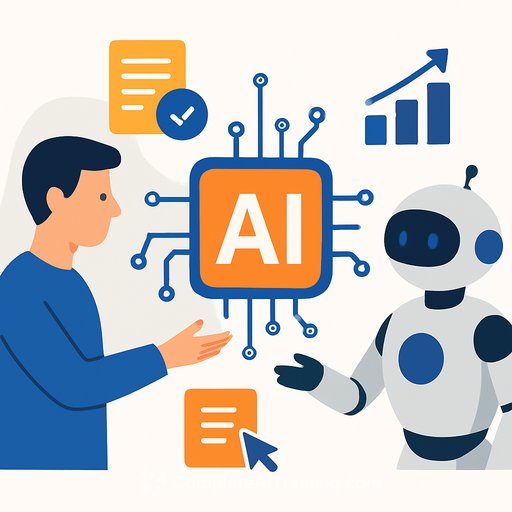Bridging the Gap: Cross-Domain Solutions That Put AI to Work Across Government
AI is already helping agencies automate tasks and surface insights. The challenge isn't capability; it's access. Data and systems are segmented by classification, which limits how AI can be used day to day. Cross-domain solutions (CDS) provide the controlled interfaces needed to connect people, data and models across security boundaries without breaking policy.
What CDS is-and why it matters now
The Committee on National Security Systems defines CDS as controlled interfaces that allow manual or automated access and transfer of information between security domains. See CNSS resources here: Office of the Director of National Intelligence: CNSS.
Originally built to move data between isolated classified networks, CDS has matured into policy-enforcing technology that guards against advanced threats. For AI, CDS becomes the gatekeeper: it brokers data flow, enforces rules and ensures auditing between unclassified and classified environments.
Where CDS removes friction
- Train or enrich models with data from untrusted sources (e.g., OSINT) without contaminating classified enclaves.
- Let analysts on classified workstations interact with approved unclassified resources under strict controls.
- Move text, files, images and video across domains with filtering, validation and audit trails.
- Share select AI outputs with partners by enforcing sanitization and release policies.
- Fit with zero trust and data-centric security practices to keep controls close to the data.
OSINT workflow: from hours to minutes
An analyst on a classified network needs to monitor public news, social feeds and commercial imagery for a region. The relevant sources are unclassified, but the high-value AI tool sits on a classified enclave. Two blockers appear: access to unclassified resources and timely transfer into the classified space for processing.
With CDS, the analyst can browse approved unclassified sources from the classified workstation. A transfer guard moves selected items-text, images, video-into the classified environment automatically and under policy. The AI processes at speed, flags anomalies and prioritizes items for review, shrinking the collection-to-analysis cycle from hours to minutes.
The result: higher trust in data, better situational awareness and faster decisions for mission owners.
Implementation playbook for agencies
- Map the data flows: sources, destinations, classification levels, model inputs/outputs and who needs access.
- Define policy: one-way vs. bidirectional transfer, file types allowed, filters, sanitization and review steps.
- Select accredited CDS that meet federal guidance (e.g., NSA "Raise the Bar" updates: NSA CDS RTB).
- Integrate identity, logging and data tagging so every transfer is attributable, reviewable and compliant.
- Pilot with a low-risk OSINT pipeline, red-team the guard policies and scale to more missions as confidence grows.
- Upskill teams on CDS-enabled workflows and AI best practices. For role-based AI training, see courses by job.
Security guardrails to bake in
- Use one-way guards or data diodes where feasible to reduce attack surface.
- Apply multi-layer content filtering: malware scanning, DLP, format validation and disallowed-content checks.
- Isolate model runtimes and storage to prevent cross-tenant data leakage and model theft.
- Label outputs, apply sanitization workflows and require review before external release.
- Continuously monitor guard events and tune policies based on real incidents and analyst feedback.
Metrics that matter
- Time from collection to AI processing to human review.
- Reduction in workstation switching and parallel device use.
- Guard policy effectiveness: blocked transfers, false positives and remediation time.
- Quality of AI triage: precision/recall on alerts validated by analysts.
- Volume and timeliness of releasable intelligence to partners.
The path forward
As agencies scale AI across missions, classification boundaries cannot be an afterthought. CDS provides a policy-enforcing bridge that keeps data secure while letting AI do real work. Paired with zero trust and data-centric practices, CDS enables AI workflows that are faster, safer and easier to audit.
For defense and intelligence teams, safely operationalizing AI across domains is a practical step toward smarter, faster and more adaptive tools that support mission success.
Your membership also unlocks:






